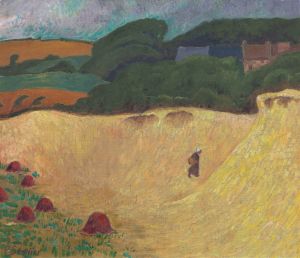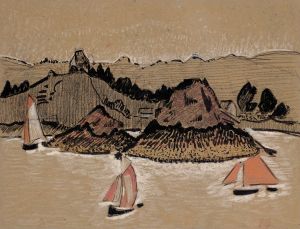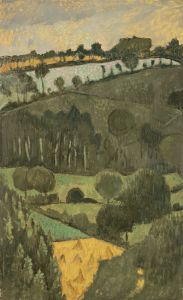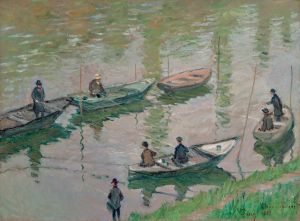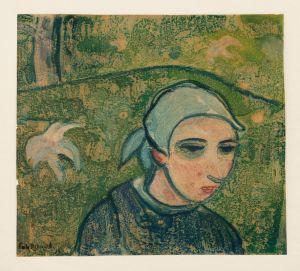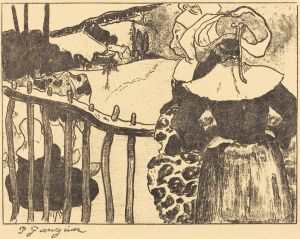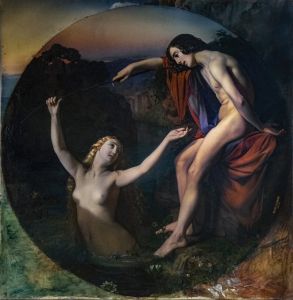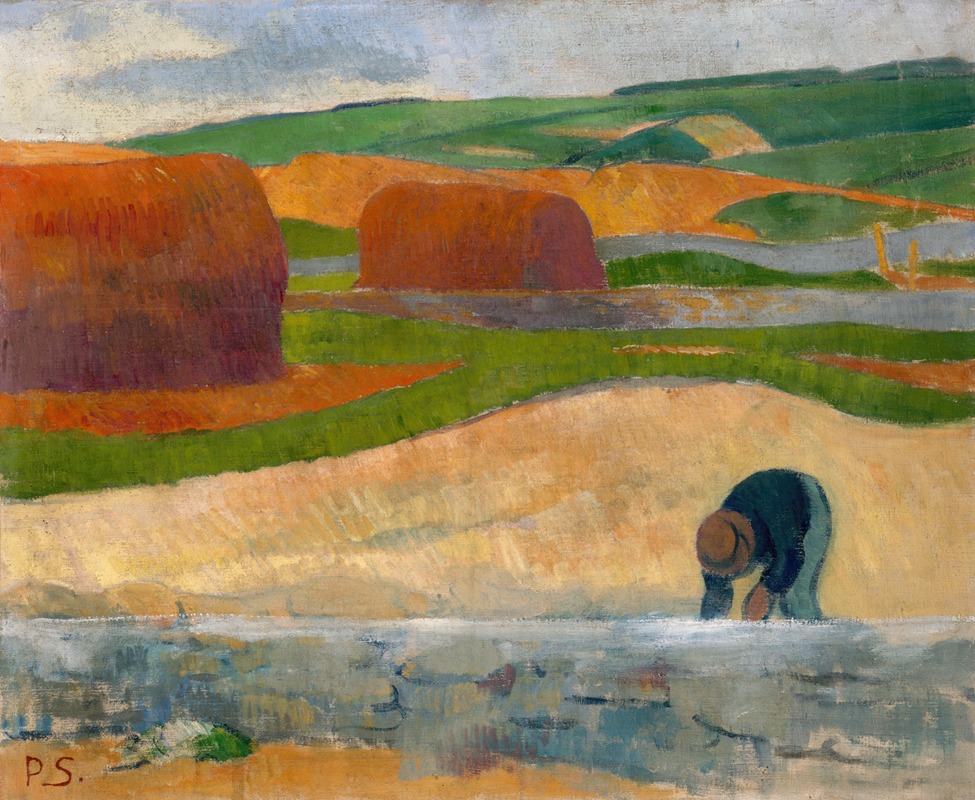
Seaweed Gatherer
A hand-painted replica of Paul Sérusier’s masterpiece Seaweed Gatherer, meticulously crafted by professional artists to capture the true essence of the original. Each piece is created with museum-quality canvas and rare mineral pigments, carefully painted by experienced artists with delicate brushstrokes and rich, layered colors to perfectly recreate the texture of the original artwork. Unlike machine-printed reproductions, this hand-painted version brings the painting to life, infused with the artist’s emotions and skill in every stroke. Whether for personal collection or home decoration, it instantly elevates the artistic atmosphere of any space.
Paul Sérusier's Seaweed Gatherer is a painting created by the French Post-Impressionist artist Paul Sérusier, who was a key figure in the Nabis movement. Sérusier, born in 1864 in Paris, was known for his innovative approach to color and form, which was heavily influenced by his interactions with Paul Gauguin and the Symbolist movement.
The painting depicts a figure engaged in the act of gathering seaweed, a common activity in coastal regions of Brittany, France, where Sérusier often worked. Brittany was a significant source of inspiration for Sérusier and other artists of the Pont-Aven School, who were drawn to the region's rugged landscapes, traditional culture, and vibrant colors. The subject matter reflects Sérusier's interest in everyday rural life and his desire to capture the simplicity and authenticity of such scenes.
Seaweed Gatherer exemplifies Sérusier's use of bold, flat areas of color and simplified forms, hallmarks of the Nabis aesthetic. The Nabis, a group of avant-garde artists active in the late 19th century, sought to move beyond Impressionism by emphasizing the decorative and symbolic potential of art. Sérusier's work often incorporated these principles, focusing on the emotional and spiritual resonance of his compositions rather than strict naturalism.
The painting is notable for its use of color, which Sérusier employed not merely to represent reality but to evoke mood and meaning. This approach was influenced by his famous encounter with Gauguin in 1888, during which Gauguin encouraged Sérusier to use color subjectively and to paint from memory and imagination. This meeting led to Sérusier's creation of The Talisman, a pivotal work in modern art history, and it shaped his artistic philosophy moving forward.
While specific details about the creation date and current location of Seaweed Gatherer are not widely documented, the work is representative of Sérusier's broader oeuvre and his contributions to the development of modern art. His paintings often reflect his deep engagement with Symbolism, his fascination with the natural world, and his commitment to exploring the expressive potential of color and form.
Paul Sérusier's legacy as an artist lies in his role as a bridge between the Post-Impressionist innovations of Gauguin and the decorative, abstract tendencies of early 20th-century modernism. Seaweed Gatherer stands as an example of his ability to merge these influences into a unique and evocative artistic vision.





